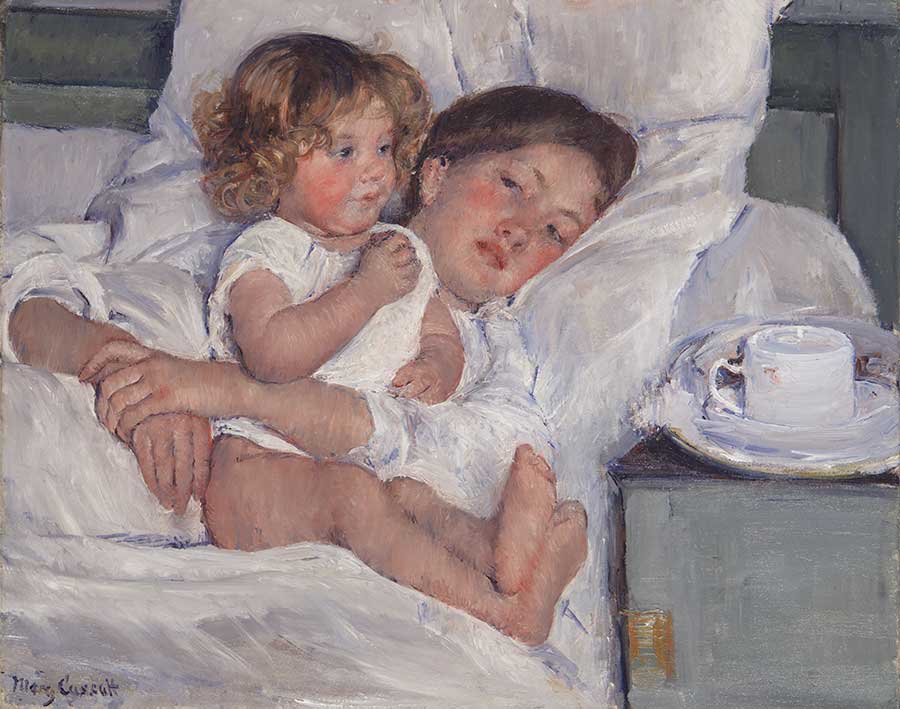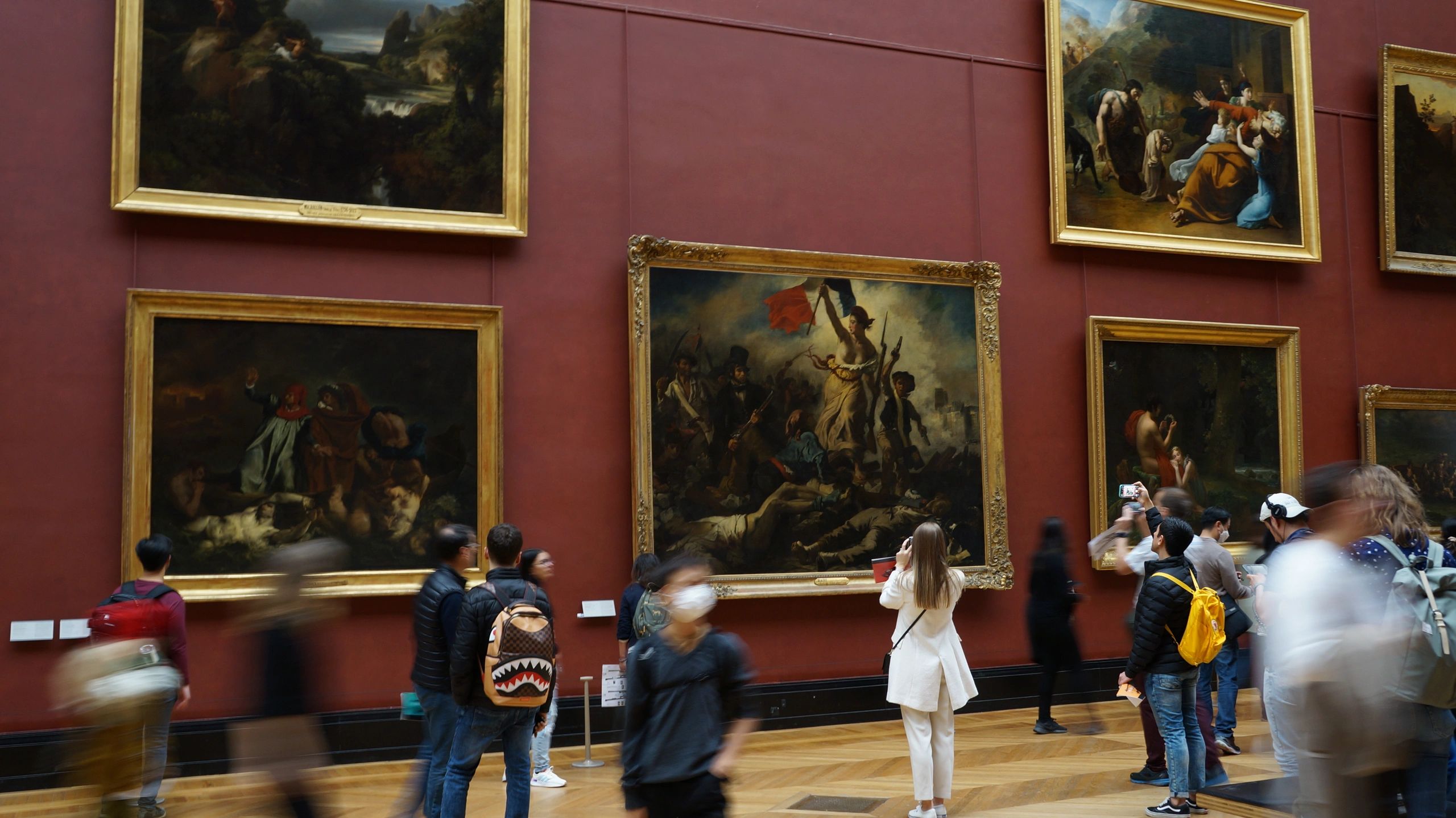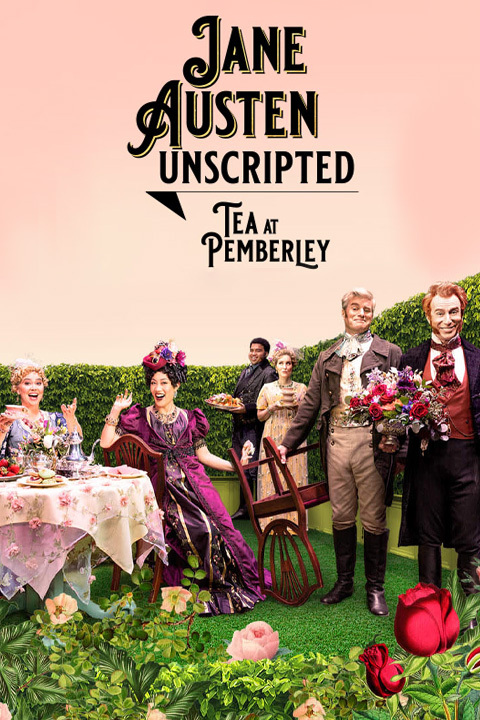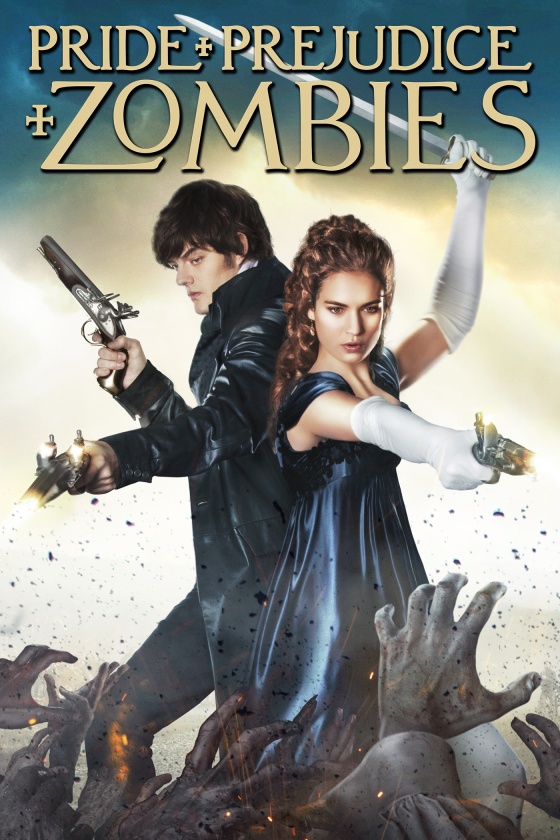Yanny Peters, The Plants We Played With
Typically, with this blog, I write about my favorite artists, or works of art that I have an emotional connection to. However, with this blog, I would like to take my final Passion Blog opportunity to write about the future while keeping the past in mind.
Spring is my favorite season. The stormy cloudy rain brings about the bright colors of new life, making it the most poetic and reflective time of year. Beautiful pink flowers bud on trees on Penn State’s campus, and even the weeds have an odd beauty to them.
I remember growing up, when my mother would garden, she would have me pull the weeds. She would instruct me to pull the entire root out so that the weed wouldn’t grow back the next year. However, I always had trouble distinguishing weeds from flowers and I could never seem to completely uproot the plant… I wasn’t great at gardening.
Recently, I’ve made the decision to pull my weed.
Though my roots have growth deep into the ground of my safety, I want to spread my dandelion seeds to a new, unknown place.
This summer I have made the choice to study abroad in Dublin, Ireland. This was a tough decision to make and although it was difficult to make the decision to leave my comfort zone alone, I’ve decided that it is important to uproot to discover, learn, and most importantly, grow.
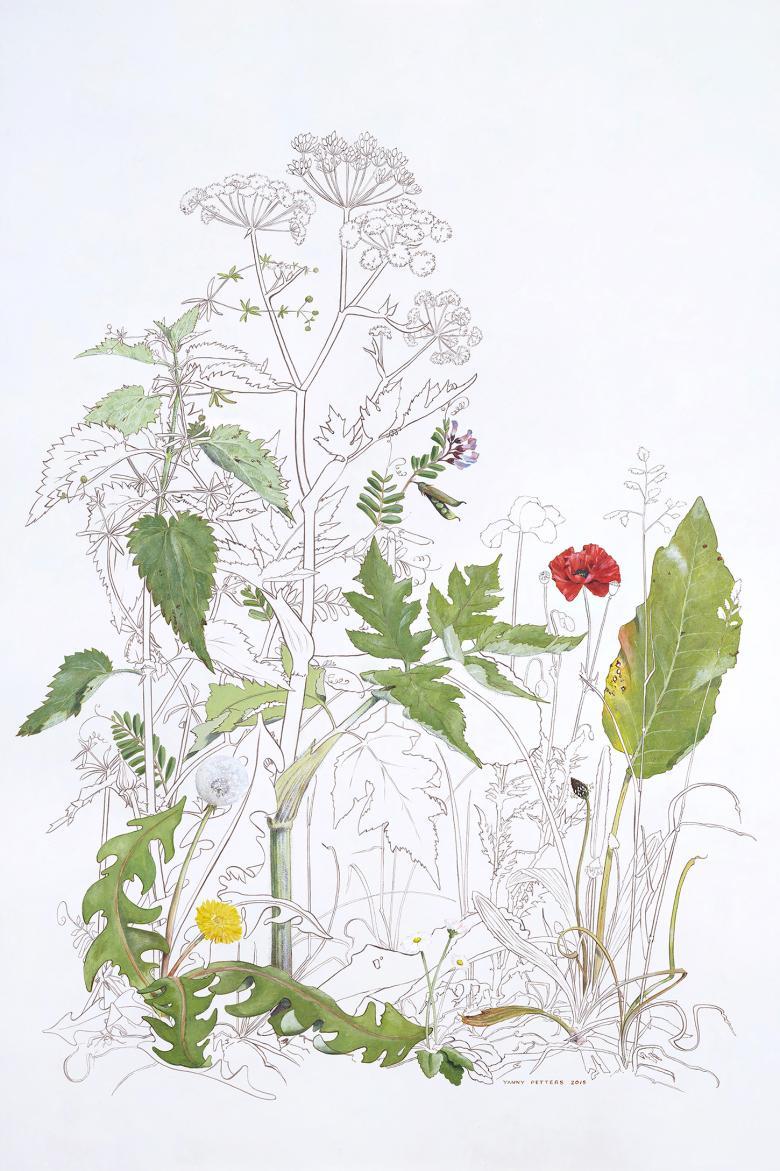
Yanny Petters, The Plants We Played With, National Gallery of Ireland (2015).
The Plants We Played With is a recent artistic love of mine. I really like the sketchy style of this work and the displaced color throughout the piece, displaying childlike memories of playing with weeds. The painting seems to be pulled from a botany textbook, containing extreme attention to detail in terms of color and shape.
The piece that I have chosen to feature today is a work from the National Gallery of Ireland, which is a location that I will be visiting while taking 8 credits of Organic Chemistry abroad.

Yanny Petters is an Irish artist who creates works that are closely tied to nature by exploring detail, color, and form within the realm on an environment. Petters is fascinated by the beautiful and bizarre complexities and the resilience of weeds and nature.
Though I would like to deny it, I am growing up and taking on independence. This will be the first time that I am going on a plane by myself. This will be the first time that I have to remember the American dollar to Euro exchange rate. This piece maintains the lesion that growing up is imminent and though decisions will take me places, I will leave my roots wherever I get uprooted. Somehow, that makes the decision to leave a little less scary.
Of course, I have not completely uprooted myself from my home. I intend to grow back again from my roots where I was born, but not before leaving a part of myself in Ireland.



